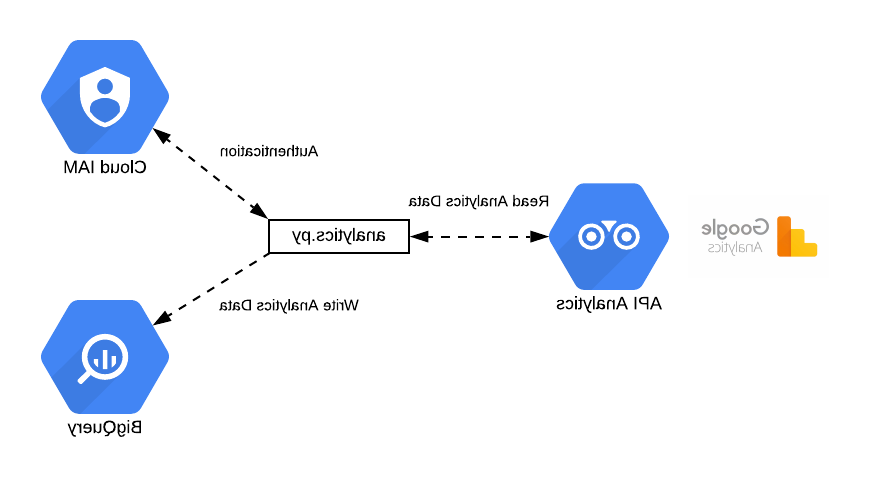
You can hardly look anywhere without Artificial Intelligence being a topic of conversation and it’s a subject which has dominated platforms such as LinkedIn and our email inboxes for a significant amount of time now.
As marketers, it’s easy to become overwhelmed by all this. Trying to find the right use case for an AI development and getting backing for the project can be very challenging and leave us feeling overcome with decision paralysis.
This is very much as predicted by Gartner’s hype cycle. The important thing is to start making progress towards delivering some benefits from an AI system in order to avoid being left behind by brands who are already making progress. The approach outlined below is designed to help make the process easier and allow you to start making progress.
The value of lighthouse initiatives
A ‘lighthouse initiative’ is a small-scale project that allows marketers and businesses to identify where AI can be incorporated into existing workflows within the business. The goal behind these is to determine use cases where AI can be adopted most successfully.
The main reasons for choosing a use case are to:
- Provide tangible results, quickly
- Minimise risk and investment
- Offer valuable learning experiences
- Build confidence in AI capabilities
When identifying the lighthouse opportunity, it’s important to ensure that the understanding and expertise required for the development is consistent with the knowledge and skills of the team implementing the initiative. If not it would be wise to seek external support.
Lighthouse initiatives should not generally be big projects which require a lot of investment and take a long time to deliver. Far better if they are able to streamline and improve workflows, without having too much riding on them. Once you are confident in the implementation of smaller use cases, you can expand to more ambitious targets.
Great examples of lighthouse initiatives may include tasks related to content generation, storyboarding or text summarisation.
AI enables rather than replaces
AI is at its most powerful when it supports and enables humans to work more efficiently and effectively, in marketing at the moment it is not primarily concerned with replacing people or their jobs entirely. Putting employees at ease that this is the intention allows organisations to effectively implement AI by ensuring that individuals within the company feel skilled and equipped enough to adopt the tool or model and that the projects are an opportunity and not a threat.
This will make individuals more willing to participate and engage with AI, therefore becoming more capable and proficient in their use.
Lighthouse identification: a step-by-step guide
1. Find the use case
Take time to assess the current processes in place, and evaluate them. Critical evaluation at this stage allows you to identify the key pain points and difficulties within current workflow(s) that could benefit from the use of an AI tool or model.
This may include things such as high scope for human error in writing code, or an opportunity to increase response times via AI.
2. Understand effort vs reward
Based on your initial assessment, begin by selecting the simplest use-case that offers the highest level of reward. This should be a small scale project whereby current workflows can benefit from AI, allowing for learning and development of the AI integration as you move forward.
3. Understand the skills and knowledge requirements
Once you have identified a small-scale project where AI can be implemented, it is important to take the time to understand what skills and knowledge is required in order to run this. It may be that your Lighthouse Initiative can be carried out in-house with some upskiling, or you may opt to outsource the model and its implementation.
4. Set clear, measurable goals
In order to determine whether the implementation of AI into a workflow has benefited the business, it is important to determine what success looks like before getting started. Clearly defined KPIs for the project allow for analysis later down the line.
5. Bite off a chunk you can chew
It’s important to keep the scale of the Lighthouse Initiative achievable in relation to the resources available within the organisation. Taking on a project that is too ambitious from the outset may make it unnecessarily difficult to navigate, and remove the ability to continuously learn and adapt to the technology.
Implementation challenges
The following are key considerations in the planning of an AI lighthouse project.
Demonstrating value
Demonstrating the ways in which the Lighthouse Initiative can align with wider business goals and objectives is important for gaining stakeholder support. By using the step-by-step guide we shared above, you will be able to pull together an overview of the initiative that can clearly indicate the value in the project, addressing the current challenges and specific business pain points.
Skills gaps
Skills gaps within the business surrounding AI technology can have an impact on, not only the success of implementation, but also how confident individuals within the organisation feel in using them.
Investment in upskilling and training, or recognition of where outsourcing may be required, is an important early stage within the Lighthouse Initiative - ensuring that the project is set up for success. Without the confident knowledge and skills surrounding the specific AI model or tool you intend to use, it becomes difficult to successfully implement and could impact the success of the project.
Lack of confidence in the technology
There may be many reasons why an individual, or indeed an organisation, lacks confidence in AI. There may be doubts surrounding its reliability or capabilities, or it is possible that a lack of confidence in the implementation or usage of AI could create barriers to adoption of said technology.
Overcoming a lack of confidence in usage of the AI tools or models can be addressed through training and upskilling. Offering informational sessions on the tool or model, and giving practical examples including use cases, can help to alleviate these concerns.
Concerns around governance and control
When moving to implement your Lighthouse Initiative, it is important to ensure that the models or tools required are compliant with your company's data security policy, and all services are signed off by IT and your Data Protection Officer.
Some tools, such as ChatGPT, may not be compliant with these policies whilst using the basic subscriptions, and so it’s important to ensure that the correct settings are in place on the account(s) being used.
AI in marketing isn’t about replacing human roles or talents within organisations, it’s about empowering people and enabling them to achieve more. Lighthouse initiatives are a great way to begin implementing AI within an organisation, taking actionable steps to ensure that the company is not left behind during the AI revolution.
The goal here is not to have AI doing all of the work, all at once. Instead it is about implementing AI in a way that is driving benefits, minimising risks , and building competence and confidence in using AI along the way.








